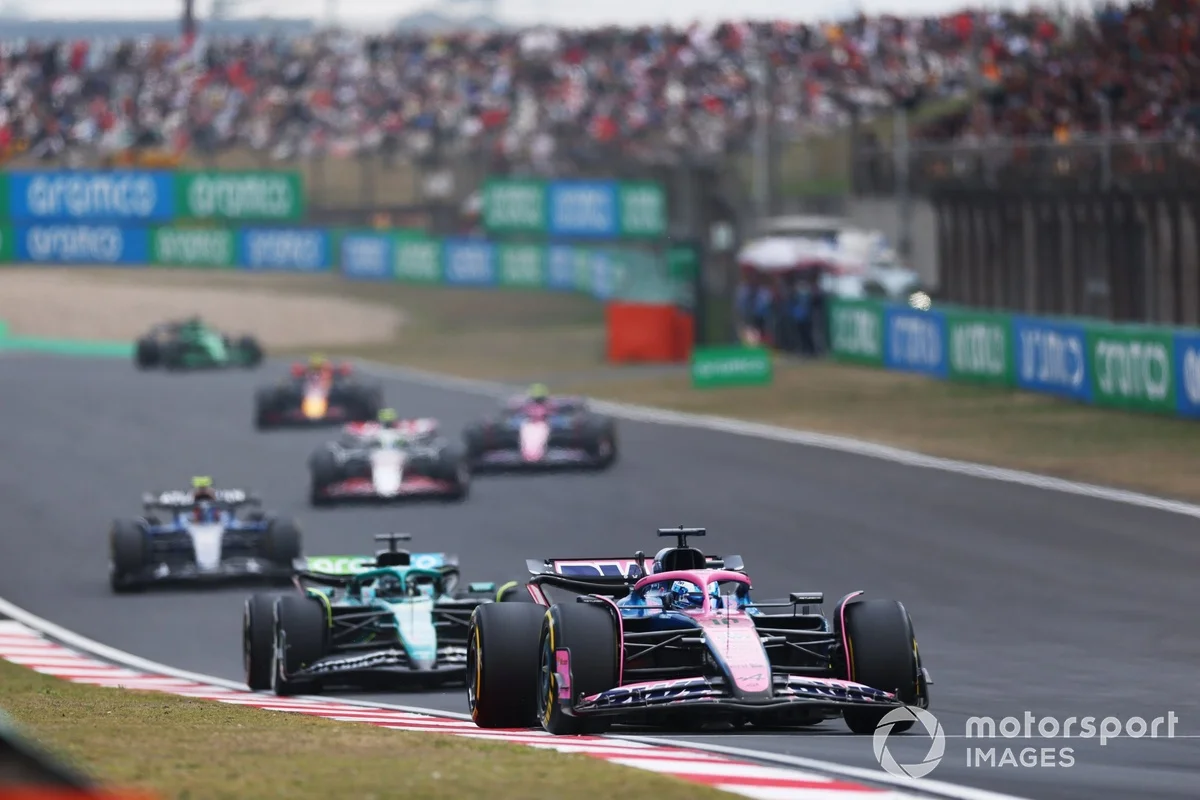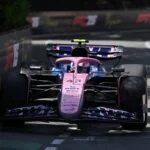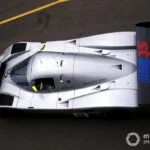FIA Tightens Down on Formula 1 Rear Wing Flexing
The Federation Internationale de l’Automobile (FIA) has taken decisive action to curb the exploitation of aerodynamic flexibility in Formula 1, tightening the rules for rear wing deflection ahead of the Spanish Grand Prix. Over the past few years, aero-elasticity has emerged as a critical factor in maintaining balance for this generation of ground-effect cars between high-speed and low-speed corners.
The Need for Stricter Rear Wing Tests
Initially, the FIA believed that its static tests were sufficient to control the practice. However, due to a surge of complaints from teams about their competitors, the F1 governing body has since reversed its decision and is now implementing stricter rear wing tests. The delay until the Spanish Grand Prix was intended to prevent teams from discarding existing designs over the winter.
Following analysis of data gathered during winter testing, the FIA decided to further tighten its technical directive on rear wing flexing for the Chinese Grand Prix. Explaining the decision to media outlets, including Motorsport.com, Nikolas Tombazis, the FIA’s head of single-seater, stated that the governing body noticed during Bahrain’s winter test that its initial clampdown was not sufficient.
The Impact of Stricter Rear Wing Tests
Four or five teams were affected by the stricter tests, with Alpine admitting it had to make rear wing adjustments over the Shanghai weekend. McLaren, Ferrari, and Haas have also been pointed out as potential offenders. However, denied having to make any changes, while Ferrari and Haas did not comment on the matter.

The Future of Aero-Elasticity Regulations
The difference between a wing’s behavior during a static load test and in a live environment at high speeds has made aero-elasticity difficult to police. Tools to further exploit loopholes can involve car setup, the specific construction of the wing, and the materials applied. But according to Tombazis, there has been a strong enough correlation between static tests and onboard camera data to ensure that no special trickery is going on beyond linear deflection at high airspeeds.
Tombazis expressed hope that the stricter rear wing tests would be sufficient but acknowledged that flexing remains a delicate subject matter. He emphasized that further issues could crop up in the coming races, and attention will likely shift to the FIA’s front wing clampdown in Barcelona. Some teams felt aggrieved that both wings weren’t addressed right from the start of the season, while others were relieved that they didn’t have to design a new front wing for Melbourne, which would have been a tight turnaround.
As always in Formula 1, there was never going to be a perfect solution that pleased everyone. Tombazis acknowledged the difficulty in finding a fair balance between teams and emphasized that the FIA will continue to monitor the situation closely.







